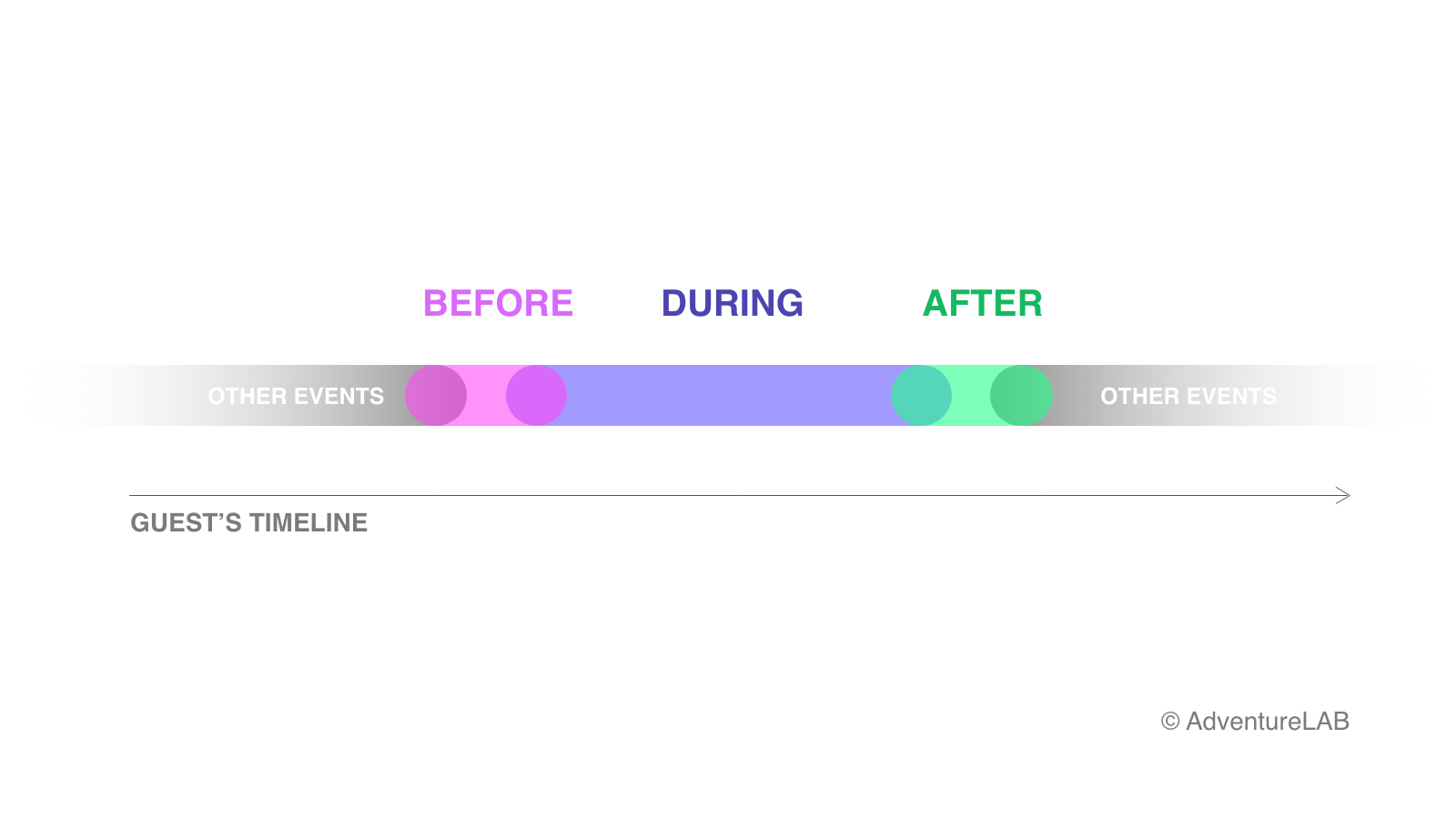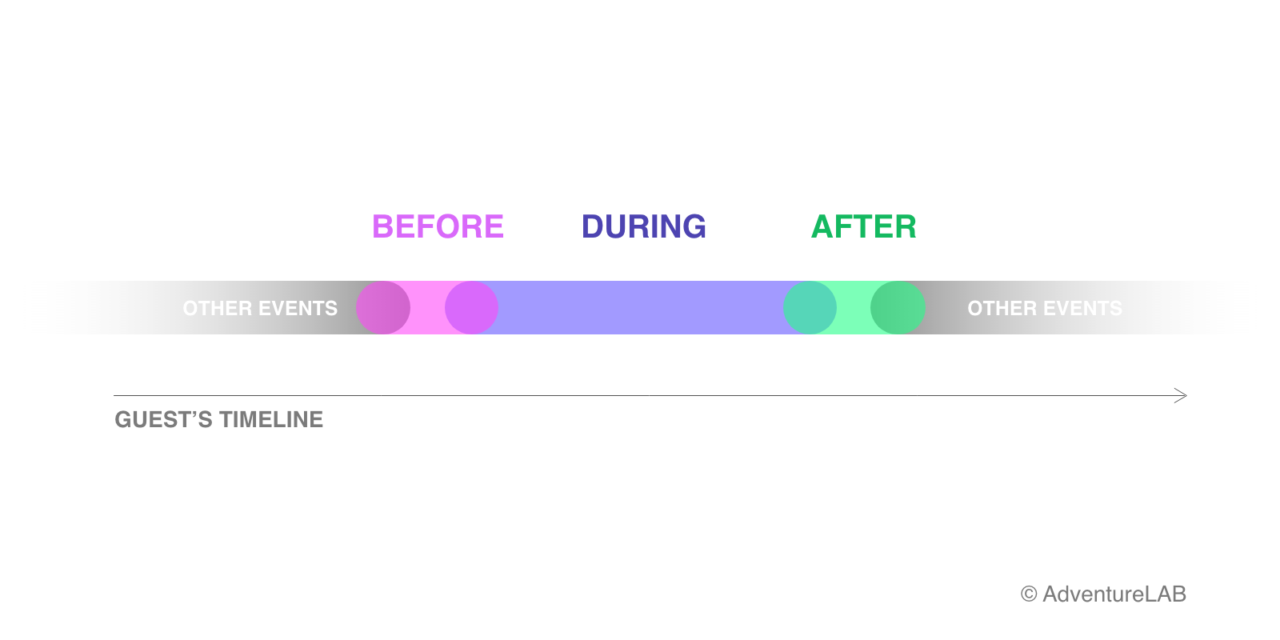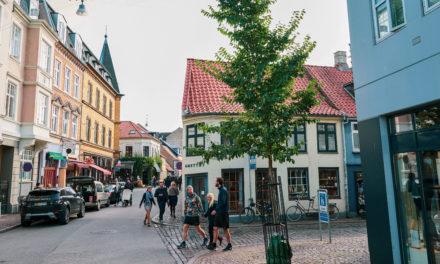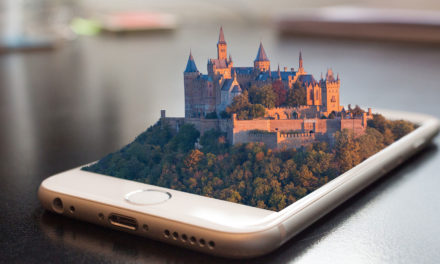A better guest experience with a BEFORE-DURING-AFTER strategy
First published on December 23rd, 2020Blog: The Experience EconomistWhile the main focus of a guest experience design is usually the on-location events and interactions, there is an enormous potential to enrich this experience with a BEFORE-DURING-AFTER approach. Before arriving at our destination, we typically plan our day — what we want to see and do. After we leave a place, we continue to think about it, look through the photos we took, discuss our experiences with others. Why then, as story and experience designers, can’t we be more connected to our guests beyond the location-based touch-points?
One essential rule to remember, according to the Integrated Storytelling principles, is that the audience is the hero of your story. The narratives that we design are primarily not just for, but also about our audience. Their day spent at the museum or theme park or theatre is not an isolated event from the other multitude of life events. It is interlinked and connected with other things that happen to them that day, or before and after. And that link can be strengthened with a Before and After experience strategy, to make it a long-lasting memory.

A rich story-experience does not only live in the moment; it can generate anticipation and stay with the audience long after they left the location of the event. As story designers, we don’t just assume the audience’s actions and reactions; we build frameworks and triggers that integrated their journey with our goals and message for them.
The year 2020 pushed many innovation processes and design techniques to accelerate. The customer/guest journey has rapidly shifted, some with digital adaptations, others added outdoors or virtual experiences. Suddenly the DURING part of an experience blended with the daily life of the audience.
An example would be online concerts. Now the performances happen, albeit on smaller screens, but inside the homes of the viewers. The medium changed, which also made the communication channels and customer journey change. The expectation had to be built differently because the audience was not making any travelling plans anymore, plans for a drink after the concert were also irrelevant. Now it was the responsibility of the concert providers to create a full experience.
This kind of approach might stay with us long after 2020. Many have or are still looking to unlock moments in the guest experience journey, which aren’t location-bounded. One essential thing that remains timeless is that the narrative that story designers create is their audience’s narrative, which is not defined by the boundaries of space and time.
Do you want to receive similar articles from us every month?
Then subscribe to our newsletter “The Experience Economist”.





